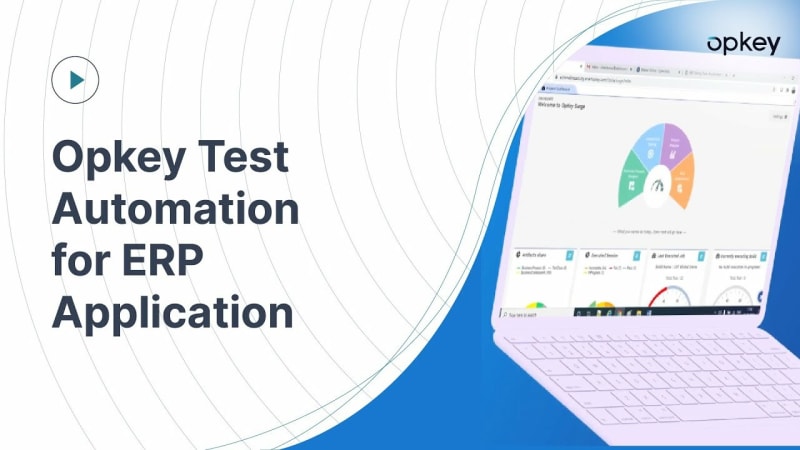
Test automation is a crucial aspect of software testing, and with the increasing complexity of modern applications, it has become more important than ever before. Test automation may help reduce the time and effort needed for testing while increasing test coverage and accuracy, even if manual testing is still a crucial part of the testing process.
In this article, one of the top test automation tools on the market, Opkey, will be utilized to show some best practices for test automation.
The State of Testing
Let’s first examine the situation of testing today before moving on to the tips and tricks. Test automation is a key priority for testers, according to the PractiTest 2021 State of Testing survey, with 87% of respondents saying they had used some sort of test automation. There is still space for growth as only 23% of respondents claimed to have fully automated their testing procedure.
Tips and Tricks for Effective Test Automation with Opkey
1.Define Your Test Automation Strategy
It’s crucial to establish your test automation plan before you start automating tests. This entails selecting the test cases that can be automated and prioritizing them following how they will affect the application. The frequency of execution and the time and effort needed to automate each test case should also be taken into account. You may make sure that your testing efforts are concentrated on the application’s most crucial features by outlining a clear test automation approach.
2.Use Opkey’s No-Code Platform
The no-code platform from Opkey is made to make test automation easier. With Opkey, automating your tests doesn’t require you to be an expert in automation testing solutions. The software automatically produces the necessary test cases and converts them into automated test cases with a single click. Without the need for important training, this makes it simple for IT and business users to automate and expand testing campaigns.
3.Leverage Opkey’s Pre-Built Test Cases
Opkey has over 30,000 pre-built test cases for over 150 technologies and 14+ ERPs. You can easily begin using test automation because of the variety of scenarios covered by these pre-built test cases. These pre-built test cases can be used as a starting point and then modified to meet your unique requirements. This can help you save a lot of time and work while also guaranteeing the thoroughness and accuracy of your examinations.
4.Use Opkey’s Smart Record and Replay engine
You can record your interactions with the application and automatically create test cases with Opkey’s Smart Record and Replay feature. You won’t have to manually develop test cases, which can save you a lot of time and work. The automated replay of the recorded test cases makes it possible for you to test your application quickly and effectively.
5.Integrate Opkey with Your CI/CD Pipeline
You can automate your testing process and make sure that your tests are run consistently and dependably by integrating Opkey with your CI/CD pipeline. You may run your tests automatically as part of your deployment process thanks to Opkey’s integration with well-known CI/CD technologies. By doing this, you can find problems early in the development process and ensure your program has been extensively tested before being released.
Conclusion:
In conclusion, test automation is essential for current software testing, and Opkey is a powerful tool that can enhance the usability and effectiveness of test automation. You can make sure that your test automation efforts are thorough, efficient, and effective by utilising Opkey’s features and according to the previously provided guidance. This will ultimately result in higher software quality and a more streamlined development process.


















